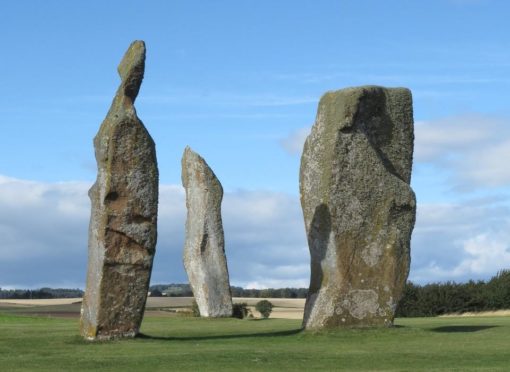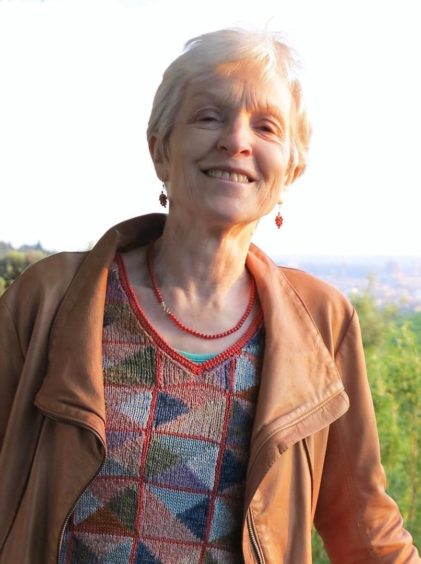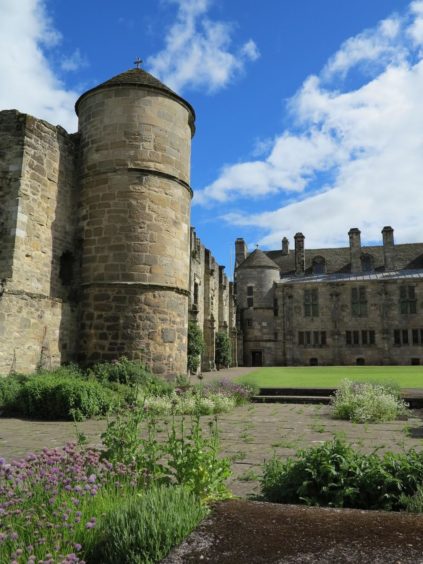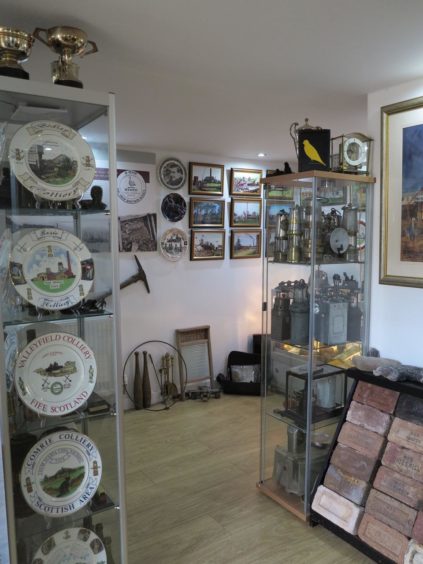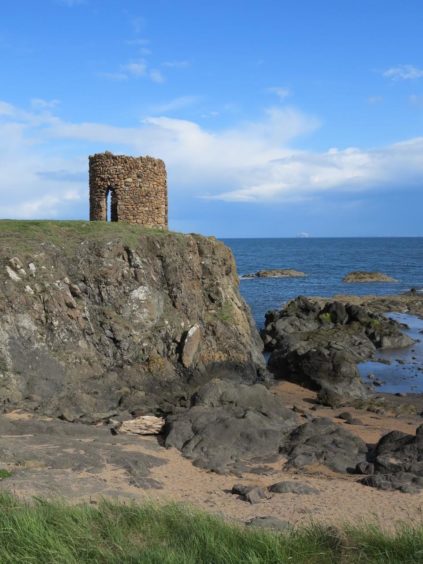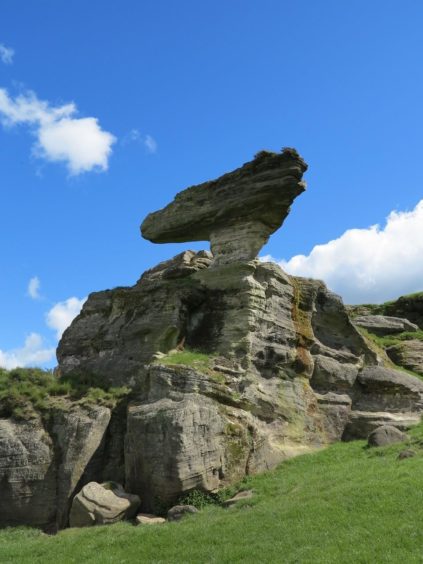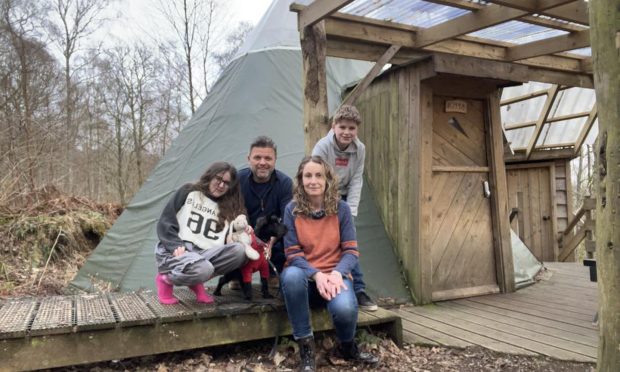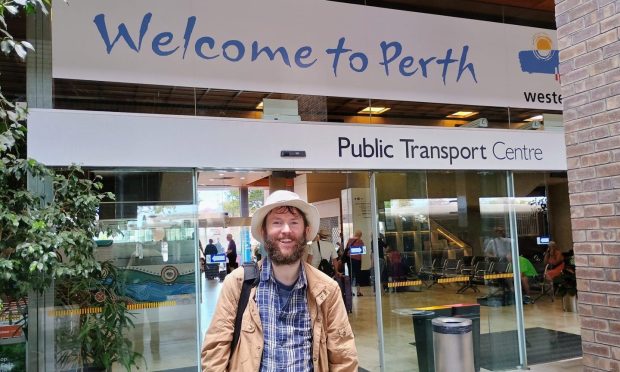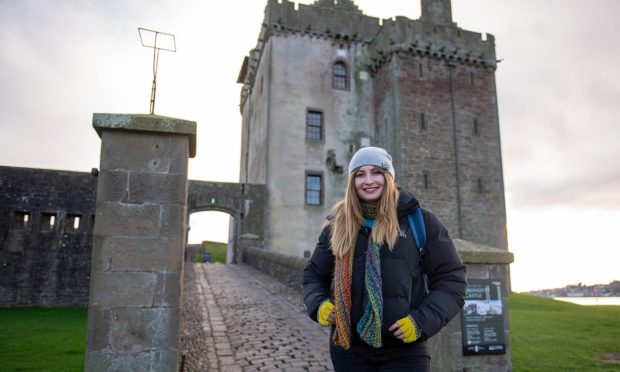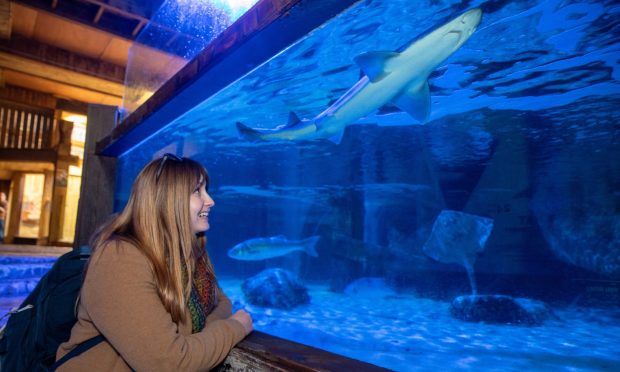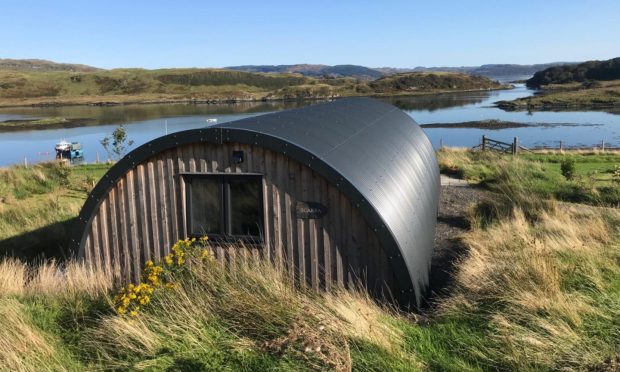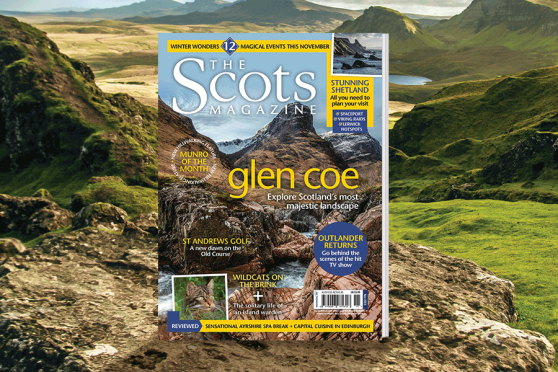With our wings clipped by Covid restrictions once more, it’s time to turn our travel thoughts to locations close to home. A new guide by Gillian Tait: 111 Places in Fife That You Shouldn’t Miss is just the ticket for day trips and staycation inspiration.
While travel writing may be a relatively new endeavour for Edinburgh-based Gillian Tait, the former painting conservator and conservation advisor says that she was bitten by the travel bug early. “In the late 1950s and 1960s, my two older brothers and I were fortunate enough to be taken abroad by our parents (who were far from well-off), every summer in our Dormobile campervan,” She explains.
“Foreign holidays were very unusual at that time for people like us – it took ages even to get down to the English Channel – but I loved it all. I then became an inveterate independent traveller as a student in the 1970s. I’ve roamed a lot of the world since then, and have also lived abroad. Then for over a quarter of a century I travelled widely with my former husband, visiting many of the world’s greatest heritage sites for research for his books, as well as for his curatorial assignments. We also toured a lot of Scotland together, and spent a lot of time on the west coast and the islands.”
The 111 Places series
She wrote her first book for the 111 Places series, 111 Places in Edinburgh That You Shouldn’t Miss, thanks to a recommendation from a friend in the publishing world. “I’d taken him on a tour of some of my favourite places when he was visiting the capital, and he knew that I also loved photography. All the 111 Places books have full-page colour illustrations to complement each text, and I take all my own photos. After Edinburgh, I collaborated on 111 Places in Glasgow, as both photographer and editor, with author Tom Shields.”
Turning her attention to Fife seemed like a natural next step. “These books are intended both for experienced travellers and for locals, highlighting little-known sights and sites in a city or region, as well as lesser-known aspects of more famous locations,” says Gillian. “Fife seemed to me to be an ideal subject. It’s the only Scottish county whose borders have never changed significantly. It was the hub of Scotland for centuries, hugely significant as a pilgrimage destination, a royal residence, and as an industrial centre since the 16th century – and for many other reasons.
“But due to its geographical situation, it’s easily ignored and bypassed by today’s visitors, both from overseas and ‘down south’ – apart from the golf enthusiasts, and students, who flock to St Andrews but generally don’t go further afield. Most people just aren’t aware of the huge range and variety of attractions to be found just across the Forth from the capital. And Scots of my generation who used to love going there for childhood seaside holidays hardly think of returning to their old haunts now – or at least they didn’t in pre-Covid times.”
She began work on her Fife guide in 2018 and most of the photographs featured were taken in 2019 when she, like us all, enjoying being able to travel to the Kingdom when she wanted. “I made a large number of day trips to Fife during that time, but I couldn’t have completed the book – or at least not the photography – to the required standard if I hadn’t also stayed in the Kingdom for several weeks.”
“I don’t own a car, but I’m a great believer in using public transport, and almost all of my travel around the Kingdom was done this way. It worked really well – though I was often the only passenger on Moffat & Williamson’s services in North East Fife. The vast majority of the places in the book are easily accessible by bus or train – or on foot, thanks to the excellent Coastal Path, and now the Pilgrim Way.
Ancient sites
Gillian explores some fascinating aspects of Fife’s ancient history, including the standing stones which were erected on what is now the Ladies Golf Club in Lundin Links, she describes them as: “an extraordinary remnant of an ancient ceremonial site from around 4000 years ago, focused on Largo Law. I went there three times, and became truly fascinated by them and their inter-relationship – they somehow came to resemble the three weird sisters in Macbeth, in my mind at any rate.”
Her book also sheds some light on the importance of Fife for Scottish royalty. “Falkland has been a favourite place of mine since I first visited its amazing royal palace as a teenager,” she says. “I’ve always loved the historic tennis court, where Mary, Queen of Scots donned men’s breeches to relax and have fun. And of course Dunfermline is full of royal connections. I’ve been fascinated for years by the sainted Queen Margaret, who had such an important influence on the early development of our nation, but the cave that she used to visit for private prayer was new to me. It’s a really evocative spot with a remarkable story, now preserved beneath the Dunfermline town centre car park.”
The focus isn’t all on the royal and ancient however and more recently established sites include the Fire Station Creative which opened in 2015 in Dunfermline. “An imposing Art Deco building creatively repurposed as an arts centre. Then, also in Dunfermline, there are the excellent new galleries at the Carnegie Library, opened in 2017.
“I was also delighted to feature Bowbridge Alpacas, near Peat Inn, established five years ago, where you can experience the joy of a hands-on encounter with their gorgeous camelids.”
Hidden gems
Gillian also discovered places that she had known about but never managed to visit or was pleasantly surprised by some new discoveries. “Glenrothes is a case in point, explains the author. “I was delighted to discover its public artworks – unjustly under-appreciated – and amazed to see the evidence of a huge monumental centre from 4000 years ago, hidden within this New Town. “One pocket that immediately comes to mind is what I think of as the Wemyss triangle: East Wemyss, West Wemyss and Coaltown of Wemyss. I really was bowled over by the places I found there.
“I knew about the Pictish drawings in the caves at East Wemyss, but I was tremendously impressed to see all the interpretation work that’s been done recently by the volunteers of the Society who look after them and organise tours. Then there are two absolute hidden gems, within a mile of each other, that couldn’t be more different: the exceptional Wemyss School of Needlework, a creative centre devoted to traditional hand sewing at Coaltown of Wemyss, and Auld Wemyss Ways, a collection of fascinating coal mining memorabilia packed into two tiny rooms in the planned village of West Wemyss, with a wonderful curator who is an absolute mine of information!”
Part of the attraction of exploring a new place is the people you encounter along the way, “I met all sorts of people in the course of my wanderings, including many well-informed specialists in various aspects of local heritage, from fossil hunters to scholars of medieval architecture, from folk who knew all about Fife’s role in the First or Second World War to those who just wanted to tell me about their local golf course. Walkers on the Coastal Path were nearly always friendly and often very helpful. But I also met locals who seemed quite baffled by my enthusiasm for the unsung treasures on their doorstep!”
For Gillian, the travel restrictions made necessary by the Covid-19 pandemic give us the chance to turn our focus to holidays and trips closer to home. “It seems clear that the international travel industry isn’t going to recover for some time,” she says. “And I can’t imagine a rapid return any time soon to the days when people would casually take three or four foreign holidays a year. So I very much hope that folk will begin to explore and rediscover the wonderful places in their locality, on day trips or longer stays.”
And her own favourite Fife spots for a few days away? “Sorry to be predictable, but it would have to be one of the East Neuk towns,” she admits, “I’d probably go for Elie (not forgetting Earlsferry). Or maybe Pittenweem. Or Crail. It’s very difficult to choose – they all have so much going for them!”
The Kingdom is also famous for its beaches and Gillian has had the pleasure of spending time exploring many of them. If she had to choose one she says, “I think I’d go for Pettycur. I love the quiet atmosphere, the golden sands, the fact that you can walk along there from Burntisland at low tide, the wonderful view across to Edinburgh – and its haunting association with the death of Alexander III, Scotland’s last Celtic king.”
Responsible Travel
Gillian’s enthusiasm for discovering the gems on our doorsteps is obvious but she does offer a word of caution for anyone setting out on a voyage of discovery. Urging people to explore these areas responsibly; “Particularly in the case of places whose special atmosphere and indeed physical fabric could so easily be destroyed by mindless tourism, I very much hope that the huge amount of publicity about the irresponsible behaviour of some visitors to the Fife coast and countryside this summer will have an effect in the future. But I’m not sure that people who behave so unthinkingly would see much attraction in the spots that I’ve written about – especially since they haven’t been hyped by social media or TV fiction. Anyway, I would hope that the way I’ve described them in the book makes it very clear that these places should be treated with absolute respect by visitors.”
111 Places In Fife That You Shouldn’t Miss by Gillian Tait, £12.99, is published by emons and available now.
